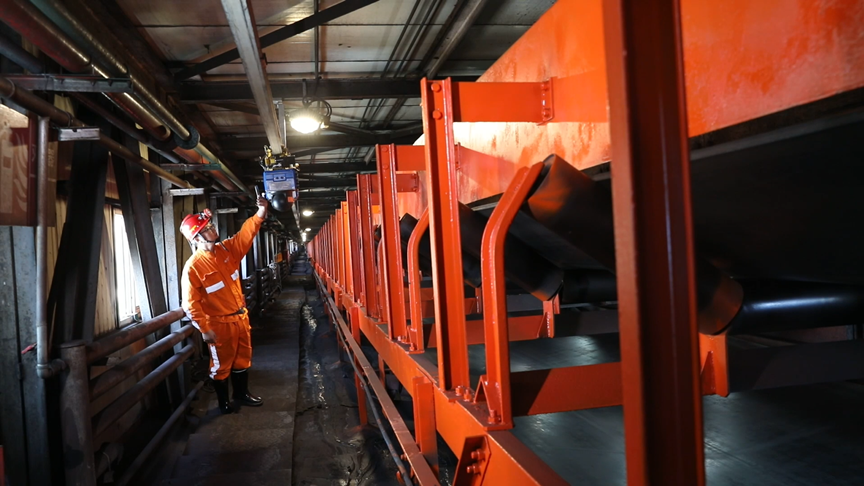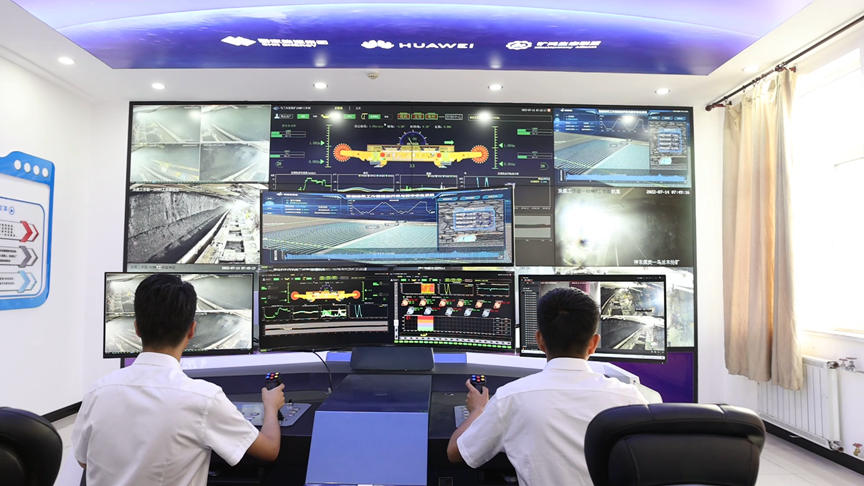Global technology leader Huawei brings MineHarmony to create more efficient and safer mining operation through 5G low latency and AI algorithms, which has already proven successful in China through significant reductions in operation and personnel risks.
Around the world, mining operations require a large number of machines and onsite personnel, especially for mining that is particularly delicate or complex. Due to the nature of these operations, there are several inherent dangers and liabilities present for both companies and employees. In China, where there are around 5,300 mines currently in operation, recent practices in facilitating smart mining through an “Industrial Internet Architecture” embedded with 5G, artificial intelligence and basic research has opened the discussion for the greater pursuit of safe, smart, efficient, and green mining.
Mohan Munasinghe, Nobel Peace Prize co-winner and environment economist, explained: “Mining must grow for the foreseeable future. The whole purpose is not to kill industries that provide jobs for millions of workers, but rather to transform production and consumption onto a path that will be more sustainable and greener.” He added: “It is clear that in the post-pandemic world, digital technologies will help to resuscitate the global economy by accelerating the recovery of damaged supply chains and creating more livelihoods. As a global DT leader, Huawei is well positioned to play a key role in this transformation.”
Remote mining has become an industry consensus over time as a result of risk mitigation initiatives and considerations. In traditional mines, underground safety relies on manual practices, such as through team leader supervision. Despite these efforts, accidents during tunneling account for more than 40% of all mining accidents, with a large portion of these being attributed to human error or oversight. Today, low latency 5G networks, such as those offered by Huawei, have enabled technicians to control underground mining machines both remotely and precisely from the safety of an office.
The biggest challenge around the implementation of remote mining lies in clear and real-time visualization of the mining process itself. Another major factor also revolves around underground conveyor systems, which can reach up to 20 km in length and require routine inspections and monitoring to ensure continuous operations. Now, thanks to Huawei’s ultra-high 5G network bandwidth and reversed uplink-downlink timeslot configuration technology, with an uplink bandwidth over 1 Gbit/s, the wireless backhaul of hundreds of real-time HD videos via multiple channels has become a reality.
Using AI technology and video stitching algorithms, separate video feeds can be combined into a single panoramic image and dust-filtering algorithms help to ensure clear imaging up to 20 m, even when surrounded in dust particles and mist. AI algorithms can also track underground operations and trigger real-time alerts when anomalies are detected during mining or transportation, ensuring 24/7 intelligent monitoring and operations safety. These contributions can help cut the number of required inspection personnel by up to 20% and general personnel required underground by even more.
On the equipment side, Huawei has also made significant contributions. Underground production typically involves more than 1,000 types of devices, with nearly half of them not supporting remote control, centralized control, or remote management. Of these, most use over 10 types of operating systems, 500 types of interface protocols, and various data formats, creating a complicated and inefficient process with no available interconnections or interoperations. To tackle this, Huawei created MineHarmony, an operating system that unifies device languages and simplifies operations. The system covers devices of all sizes and uses unified protocols to enable data sharing between devices, as well as between various machine interconnections. Overground personnel monitoring operations can intelligently dispatch tasks in real time thanks to this comprehensive real-time data, allowing for safer and more efficient production and processes. This can help to detect incidents such as gas overflows, organize evacuations, shut down mining equipment, and ventilate sites, and boost emergency response efficiency.
For more information on 5G and AI-assisted smart mining technologies, please access the video overview available here: VDO: 5G and AI-Assisted Smarter and Safer Mining Technologies
Source: Carl Byoir & Associates

